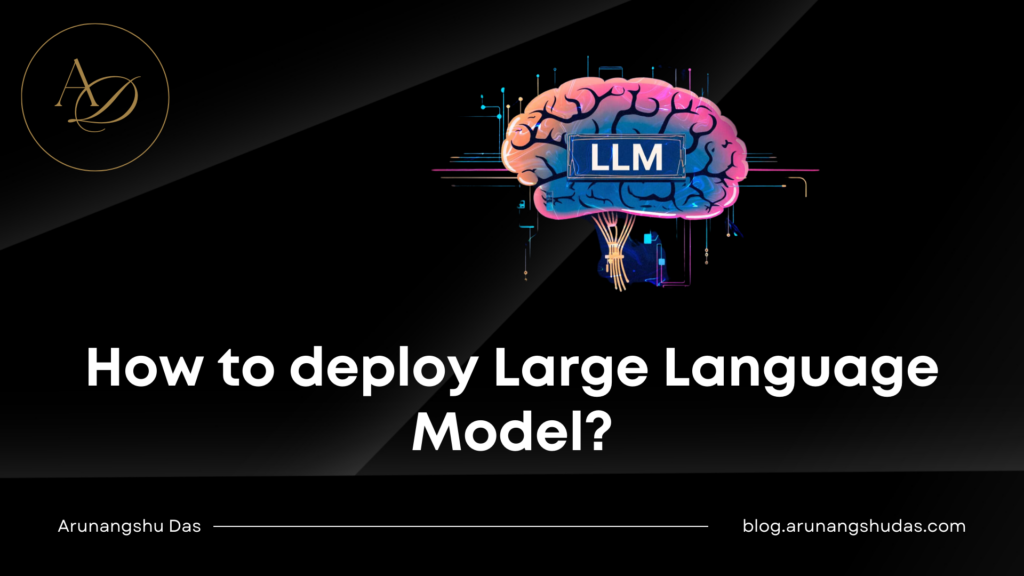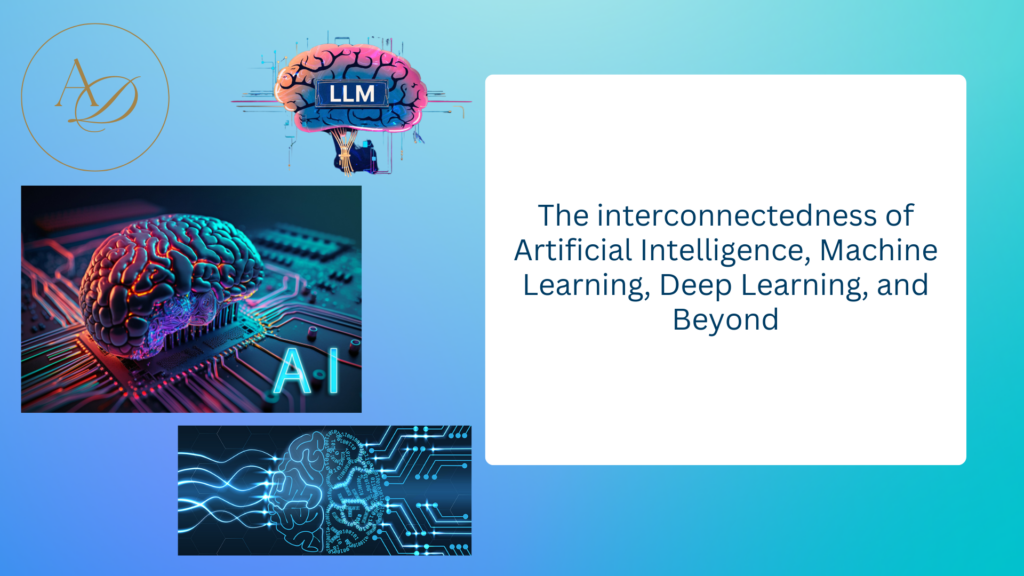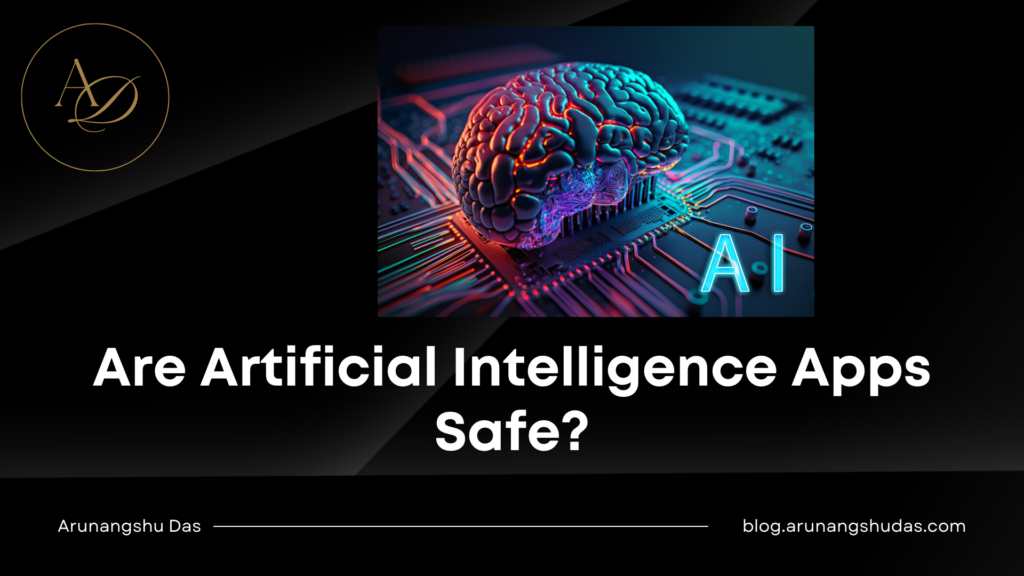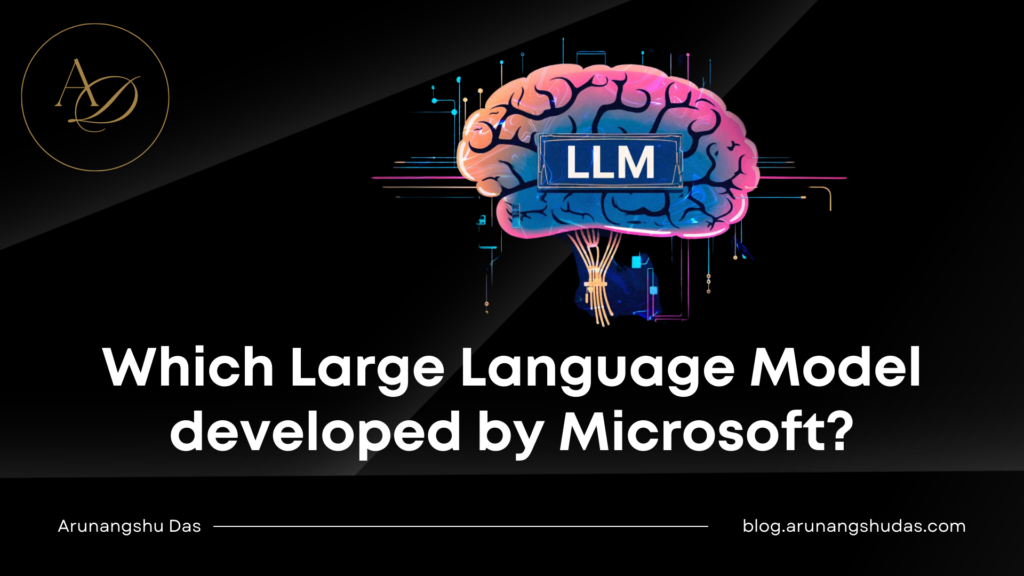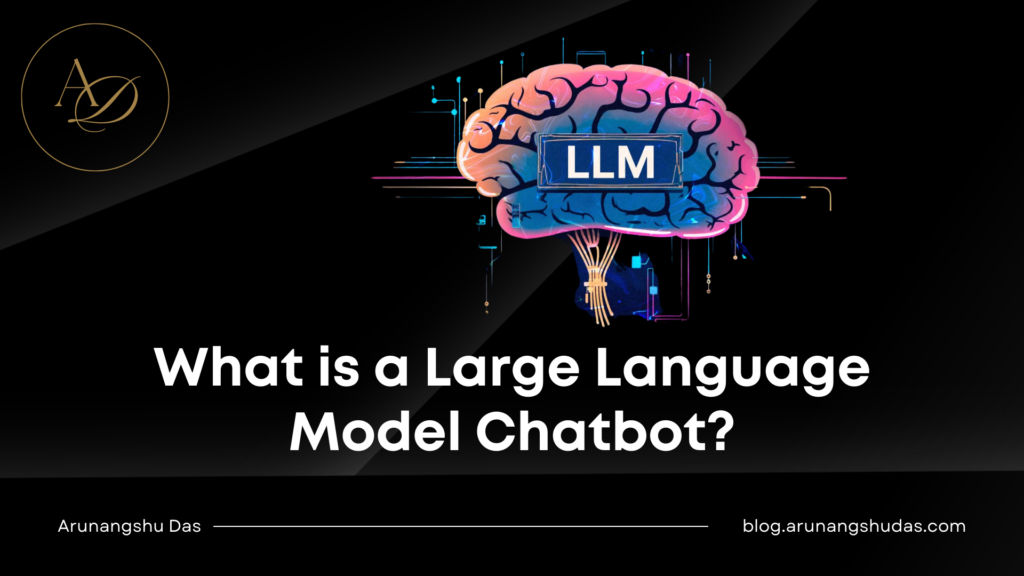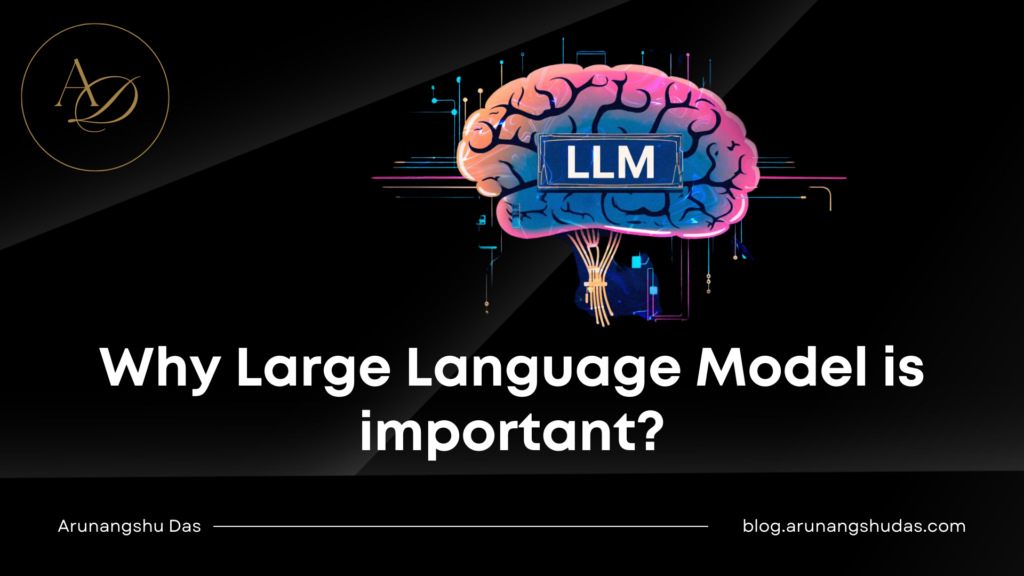Large Language Models (LLMs) are the backbone of modern AI applications, enabling everything from chatbots to advanced research tools. But not all LLMs are the same. Different architectures serve different purposes, each with its strengths and weaknesses. If you’re wondering which type of LLM is best suited for your use case, let’s break it down.
1. Autoregressive Models (AR) – Masters of Text Generation
Example Models: GPT-4, GPT-3.5, GPT-2
Autoregressive models generate text one token at a time, predicting the next word based on what’s already written. These models are excellent at writing human-like text, answering questions, and even coding.
→ Best For:
- Conversational AI (e.g., ChatGPT, Google Bard)
- Creative writing (storytelling, poetry, marketing copy)
- Code generation and debugging (GitHub Copilot, ChatGPT Code Interpreter)
→ Limitations:
- Can hallucinate (generate factually incorrect info)
- Limited context window in some versions
2. Autoencoding Models (AE) – Masters of Understanding
Example Models: BERT, RoBERTa, ALBERT
Unlike autoregressive models, autoencoding models focus on understanding and improving language representation. They use masked language modeling (MLM), where some words in a sentence are hidden, and the model learns to predict them.
→ Best For:
- Search engine optimization (SEO) and ranking algorithms (Google Search)
- Sentiment analysis (customer feedback, social media monitoring)
- Named entity recognition (NER) for legal, medical, and finance sectors
→ Limitations:
- Not great at text generation
- More suited for classification and understanding tasks
3. Seq2Seq Models – Masters of Translation & Summarization
Example Models: T5, BART, MarianMT
Seq2Seq (Sequence-to-Sequence) models are designed to transform one type of text into another. They are widely used for machine translation, text summarization, and even chatbot training.
→ Best For:
- Language translation (Google Translate, DeepL)
- Text summarization (news digest, legal document summarization)
- Question answering (chatbots, customer support automation)
→ Limitations:
- Require fine-tuning for specific domains
- Can sometimes misinterpret nuanced meaning
4. Diffusion-Based Language Models – The Experimental Innovators
Example Models: StableLM, OpenAI’s work on diffusion models
These are relatively new in the NLP space but have gained traction in generating structured and creative content by applying diffusion techniques (used in AI art models like Stable Diffusion).
→ Best For:
- Generating structured and highly controlled responses
- Multi-modal AI (combining text with images, video, and audio)
- Advanced text-to-image or text-to-audio applications
→ Limitations:
- Computationally expensive
- Still under research for widespread applications in NLP
5. Knowledge-Based Models – The Fact-Checkers
Example Models: RETRO (Retrieval-Enhanced Transformer), RAG (Retrieval-Augmented Generation)
These models don’t just rely on pre-trained knowledge; they actively retrieve information from external sources in real time. This improves factual accuracy and makes them great for research-oriented applications.
→ Best For:
- Fact-based answering (Wikipedia bots, research assistants)
- Enterprise AI knowledge management (HR chatbots, medical AI advisors)
- Reducing AI hallucinations by grounding responses in real-world data
→ Limitations:
- Requires a strong database connection or external API integration
- Slower response times compared to pure neural-based LLMs
6. Hybrid Models – The Best of Both Worlds
Example Models: OpenAI’s GPT-4 with Bing integration, Google Gemini
Hybrid models combine multiple approaches—like autoregression and retrieval-based augmentation—to enhance both creativity and factual accuracy. They are the most advanced form of LLMs in practical use today.
→ Best For:
- AI-powered search engines (Google Search, Bing AI)
- General-purpose assistants (ChatGPT Plus, Claude AI)
- AI-generated news and content creation with verified sources
→ Limitations:
- More expensive to run due to multiple layers of processing
- Complexity can lead to inconsistent user experiences
Which LLM Type Should You Choose?
→ If you need a creative writer, go with an Autoregressive Model (GPT-4, ChatGPT).
→ If you need text understanding, opt for an Autoencoder Model (BERT, RoBERTa).
→ If your task involves translation or summarization, use a Seq2Seq Model (T5, BART).
→ For fact-based AI, a Knowledge-Based Model (RAG, RETRO) is your best bet.
→ If you’re into cutting-edge AI research, experiment with Diffusion-Based Models.
→ And if you want the ultimate AI assistant, a Hybrid Model is the future!
You may also like:
1) How AI is Transforming the Software Development Industry
2) 8 Key Concepts in Neural Networks Explained
3) Top 5 Essential Deep Learning Tools You Might Not Know
4) 10 Common Mistakes in AI Model Development
5) 6 Types of Neural Networks You Should Know
6) The Science Behind Fine-Tuning AI Models: How Machines Learn to Adapt
7) 7 Essential Tips for Fine-Tuning AI Models
8) Top 10 Generative AI Tools for Content Creators in 2025
9) 10 Best Practices for Fine-Tuning AI Models
Read more blogs from Here
Share your experiences in the comments, and let’s discuss how to tackle them!
Follow me on Linkedin


